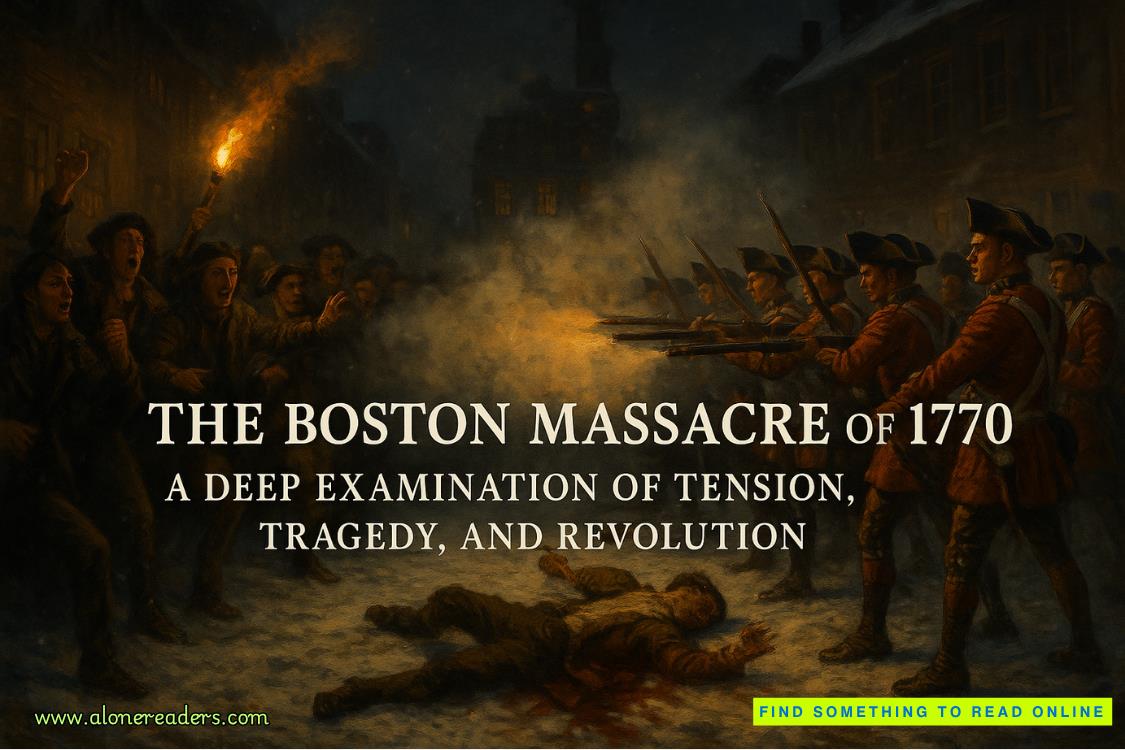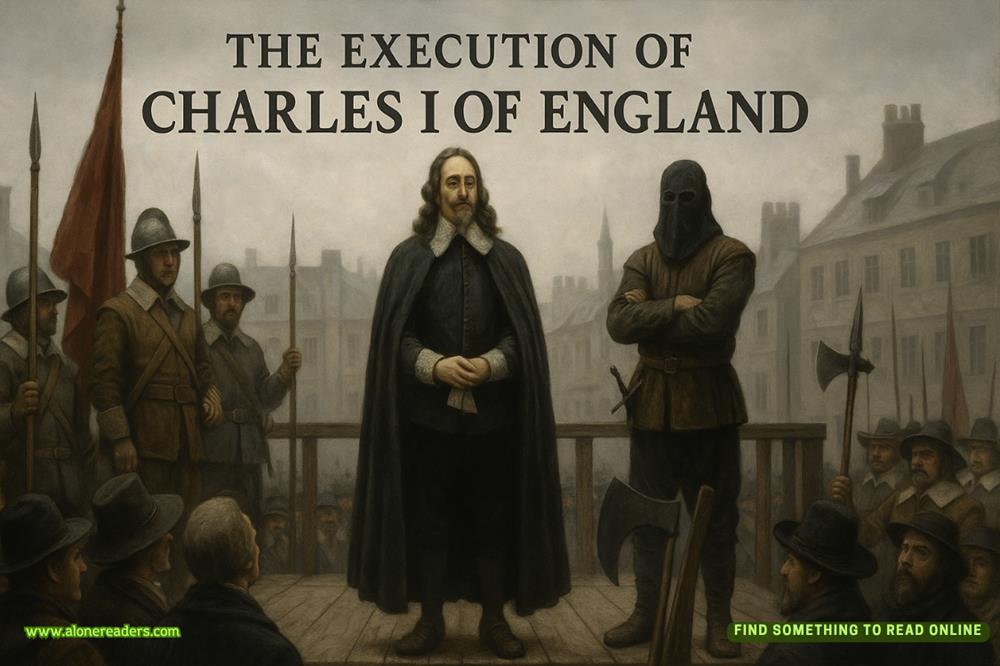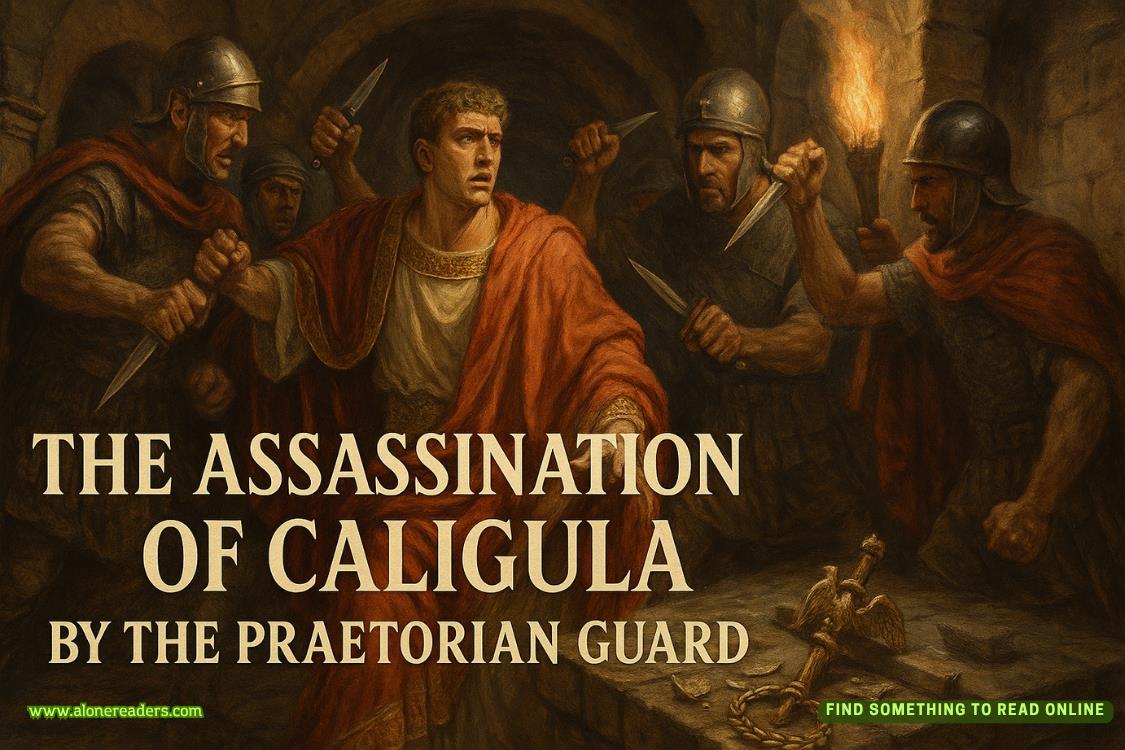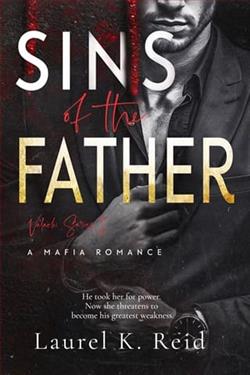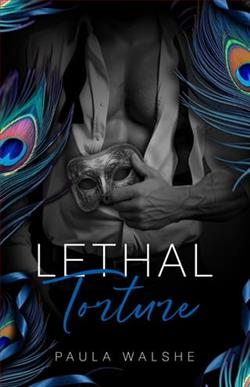Page 108 of Shifting Calder Wind (Calder Saga 7)
“Really. And how’s that?” With freshened curiosity, Sebastian Dunshill turned to Laura for an explanation.
An awareness of him continued to tingle through her. Only now Laura was beginning to enjoy it.
“It’s a long and rather involved story,” Laura warned. “After all this time, it’s difficult to know how much is fact, how much is myth, and how much is embellishment of either one.”
“Since we have a fairly long walk ahead of us to the dining hall, why don’t you start with the facts?” Sebastian suggested and deftly tucked her hand under his arm, turning her to follow the other guests.
Laura could feel Boone’s anger over the way he had been supplanted, but she didn’t really care. She had too much confidence in her ability to smooth any of Boone’s ruffled feathers.
“The facts.” She pretended to give them some thought while her sidelong glance traveled over Sebastian Dunshill’s profile, noting the faint smattering of freckles on his fair skin and the hint of copper lights in his very light brown hair.
Despite the presence of freckles, there was nothing boyish about him. He was definitely a man fully grown, thirty-something she suspected, with a very definite continental air about him. He didn’t exude virility the way Boone Rutledge did; his air of masculinity had a smooth and polished edge to it.
“I suppose I should begin by explaining that back in latter part of the 1870s, my great-great-grandfather Benteen Calder established the family ranch in Montana.”
“Your family owns a cattle ranch?” He glanced her way, interest and curiosity mixing in his look.
“A very large one.”
“How many acres do you have? I don’t mean to sound nosy, but those of us on this side of the Atlantic harbor a secret fascination with the scope and scale of your American West.”
“So I’ve learned. But truthfully we don’t usually measure in acres. We talk about sections,” Laura explained. “The Triple C has more than one hundred and fifty sections within its boundary fence.”
“You’ll have to educate me,” he said with a touch of amusement. “How large is a
section?”
“One square mile, or six hundred and forty acres.”
After a quick mental calculation, Sebastian gave her a suitably impressed look. “That’s nearly a million acres. And I thought all the large western ranches were in Texas, not Montana.”
“Not all.” She smiled. “Anyway, according to early ranch records, there are numerous business transactions listed that indicate Lady Crawford was a party to them. Many of them involved government contracts for the purchase of beef. It appears that my great-great-grandfather paid her a finder’s fee, I suppose you would call it—an arrangement that was clearly lucrative for both of them.”
“The earl of Crawford wasn’t named as a party in any of this, then,” Sebastian surmised.
“No. In fact, the family stories that were passed down always said she was widowed.”
“Interesting. As I recall,” he began with a faint frown of concentration, “the seventh earl of Crawford was married to an American. They had no children, which meant the title passed to the son of his younger brother.” He stopped abruptly and swung toward Laura, running a fast look over her face. “That’s it!” He stopped abruptly and swung toward Laura, running a fast look over her face. “I know why you looked so familiar. You bear a striking resemblance to the portrait of Lady Elaine that hangs in the manor’s upper hall.”
“Did you hear that, Tara?” Laura turned in amazement to the older woman.
“I certainly did.” With a look of triumph in her midnight dark eyes, Tara momentarily clutched at Laura’s arm, an exuberant smile curving her red lips. “I knew it. I knew it all along.”
“Knew what?” A disgruntled Max Rutledge rolled his chair forward, forcing his way into their circle. But Boone stood back, eyeing the Englishman with a barely veiled glare. “What’s all this hooha about?”
“Yes, I’m curious, too,” Sebastian inserted.
“Well . . .” Laura paused, trying to decide how to frame her answer. “According to Calder legend, Benteen’s mother ran off with another man when he was a small boy. If the man’s name was known, I’ve never heard it mentioned. He was always referred to as a remittance man, which, as I understand, was a term used to describe a younger, and frequently ne’er-do-well, son of wealthy Europeans, often titled.”
Sebastian nodded, following her line of thought to its logical conclusion. “And you suspect your ancestor ran off with the man who became the seventh earl of Crawford.”
“Actually, Tara is the one who came up with that theory after she found some old photographs.”
Taking Laura’s cue, Tara explained, “Back when I was married to Laura’s father, I was rummaging through an old trunk in the attic and came across the tintype of a young woman. At that time, the housekeeper, who had been born and raised on the ranch, told me it was a picture of Madelaine Calder, the mother of Chase Benteen Calder. I’m not sure, but I think that was the first time I heard the story about her abandoning her husband and young son to run off with another man. Needless to say, I was a bit intrigued by this slightly scandalous bit of family history. And I became more intrigued when I happened to lay the tintype next to a photograph taken of Lady Crawford. Granted, one was a picture of a woman perhaps in her early twenties, and the woman in the other photo was easily in her sixties. Still, it was impossible to discount the many physical similarities the two shared, not to mention that the young woman had been called Madelaine and the older one was known as Elaine. I just couldn’t believe it was nothing more than a series of amazing coincidences. I’ve always suspected they were pictures of the same woman, but I have never been able to prove it.”
“And if you could, what would that accomplish?” Max challenged, clearly finding little of importance in the issue.
“Now, Max,” Tara chided lightly, “you of all people should know that sometimes there is immense satisfaction to be gained from finding out you were right about something all along.”




